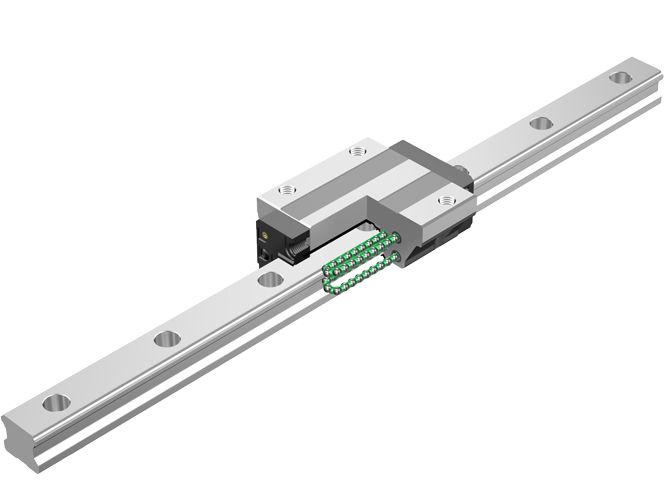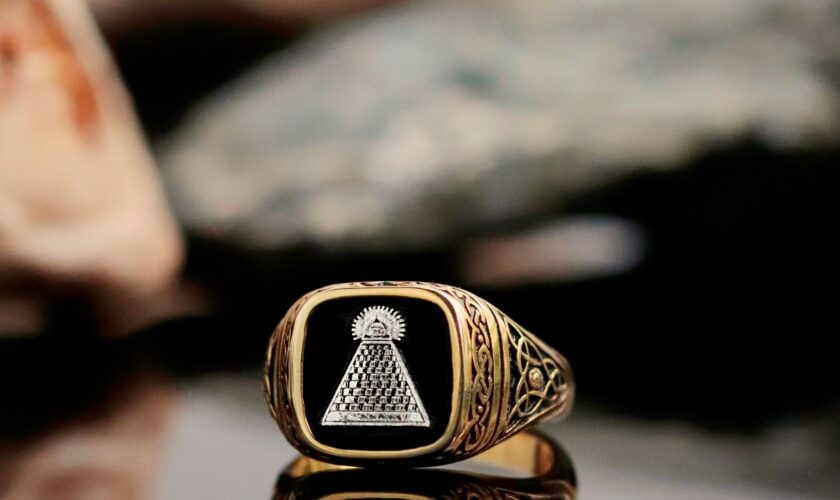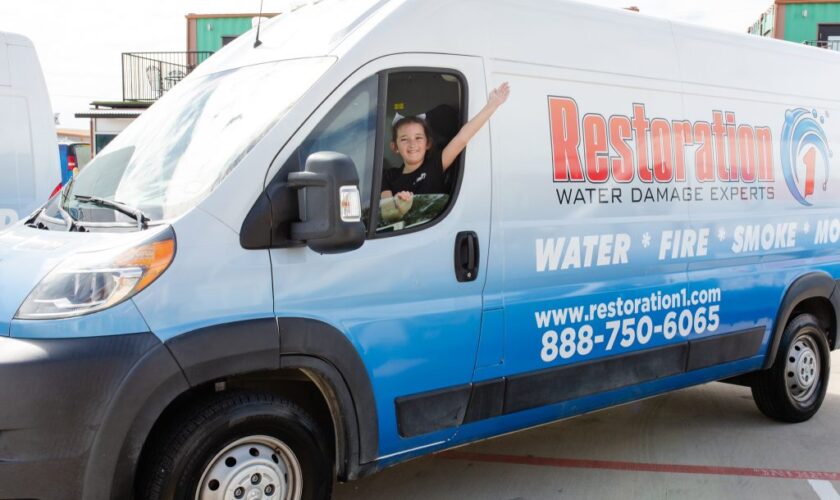In systems that move with high load and high speed, every part must do its job without fail. One key part is the bearing cage. It keeps motion smooth, prevents wear and makes sure the system stays aligned. That is why many engineers ask one clear question before they start. What is the best choice when you want strength along with long-term use? That is where the bearing cage LM Guide SHS (รังลูกปืน LM Guide SHS, which is the term in Thai) comes into focus.
This is not a part you notice at first glance. But when it works well, the whole setup feels smoother and stronger.
A Quiet Worker That Handles Heavy Loads
This bearing cage holds balls in a way that controls movement. It reduces direct contact. That means less heat and less wear even when speed is high. The LM Guide SHS type is often used in areas where the load is heavy and the motion is precise.
It is used in robots, conveyors and machine tools. It fits well in places where space is tight but the load is serious.
Why the Cage Design Matters
The cage keeps each ball in place. That stops them from rubbing too much against each other. This design helps in a few strong ways:
- Reduces sound during motion.
- Lowers friction so the parts last longer.
- Makes movement more stable.
- Cuts down on dust or wear build-up.
- Allows for better lubrication across the path.
Works Well Under Real Pressure
In a perfect world, machines run smooth all the time. But in real spaces, dust, load and sudden stops can test every part. The bearing cage LM Guide SHS is made for such use. It stays in shape and keeps the flow steady. That is what makes it popular among those who work with high-speed systems.
You Get More Than Just Movement
When the cage is right, it protects your time and your setup. You spend less on fixes. You get more working hours with fewer breaks. That is what people mean when they say a system runs “clean.” The cage keeps that promise in the background.
Final Thoughts
The bearing cage LM Guide SHS is not just a small part. It shapes how the whole unit performs. When you pick the right one, the machine works better. The team works smoother. And the work gets done without delays or breakdowns.

















